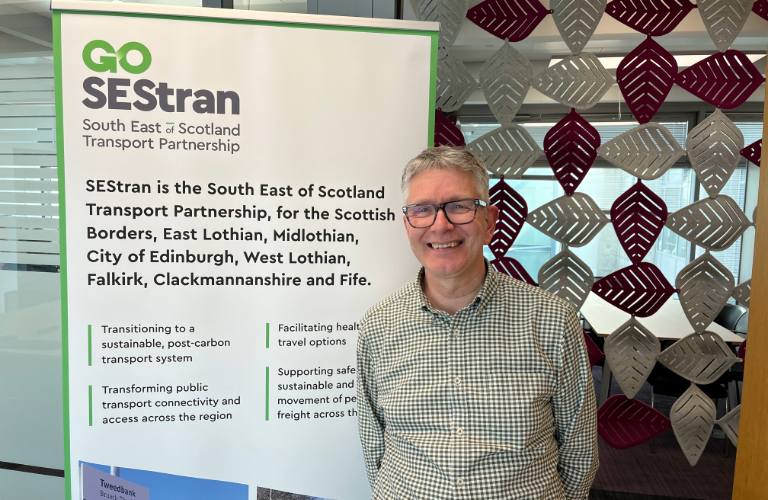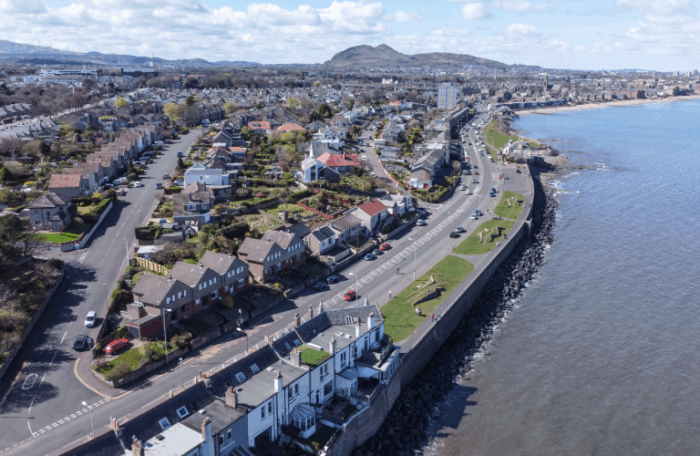
This year, we are celebrating two decades since the legislation that created statutory Regional Transport Partnerships (RTPs) was enacted in Scotland. As Partnership Director at SEStran, this seems an ideal time to reflect on the last twenty years and on the coming ten years as we realise the ambitions of our Regional Transport Strategy – SEStran 2035.
Our region is characterised by a rich tapestry of urban centres and rural communities. We have Scotland’s second biggest city, five bridges spanning the River Forth, an international airport, almost 12,000 kms of road, 63 train stations and 135 million passenger journeys each year on local buses. We are the fastest growing region in Scotland and have a population of more than 1.6 million people, which is almost a third of Scotland’s people.

This complex environment obviously brings transport challenges, especially for those living in the more rural areas. But what makes our work exciting is the journey to develop a transportation system that enables businesses to function effectively and provides improved access to healthcare, education, public services, employment opportunities for all residents and visitors to the region.
The cornerstone of this work is the Regional Transport Strategy (RTS) for the south-east of Scotland. This outlines our vision for a sustainable, efficient and inclusive transport system, aligning with national policies and regional aspirations. We first published this strategy in 2008 and have since produced two updated versions, with the latest document running to 2035.
The last 20 years have seen many changes to how we travel – digital technology has changed how we plan journeys and book tickets, the covid pandemic had a huge impact on where and how we work, and car ownership has increased. At the same time use of public transport has decreased but is slowly returning to pre-pandemic levels.
During this time, we have been proud to participate in a wide variety of work, including European funded projects. Collaborating with international partners has brought us countless benefits, including enhanced information sharing, valuable learning opportunities, and effective project testing.
As we celebrate our 20th anniversary, we remain committed to addressing the evolving transportation needs of the south-east Scotland and moving us towards a post-carbon transport system. Our priorities for the coming years include:
Our Regional Transport Strategy 2035 serves as our roadmap, guiding these initiatives and ensuring that our transport system evolves in line with the needs of our communities and the environment.
Looking back over the past 20 years, it’s amazing to see how far we’ve come in improving transport across the south-east of Scotland. Thanks to strong partnerships, innovative thinking, and a clear sense of purpose, I am proud of our work that has helped shape where we are today. And as we look to the next decade, we’re excited to keep building on that progress – making it easier for people to get around, supporting more sustainable travel choices, and helping our all those who live, work and travel in our region thrive.